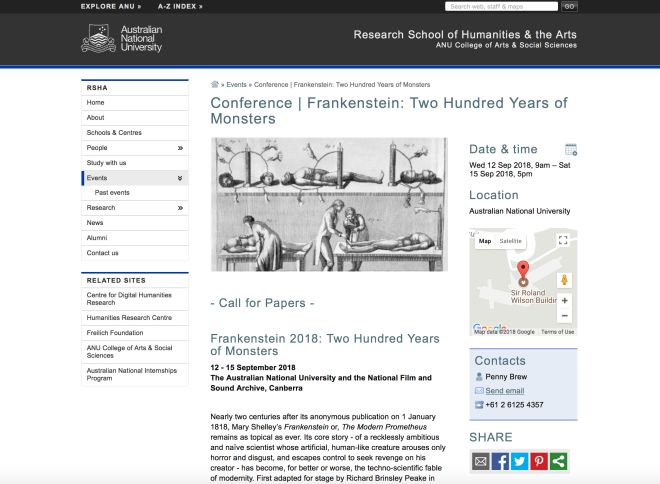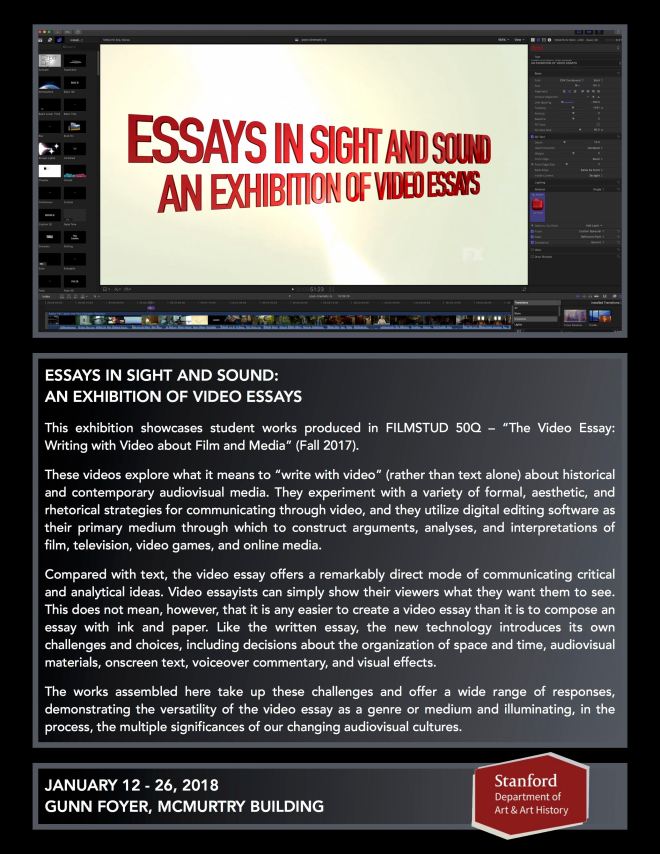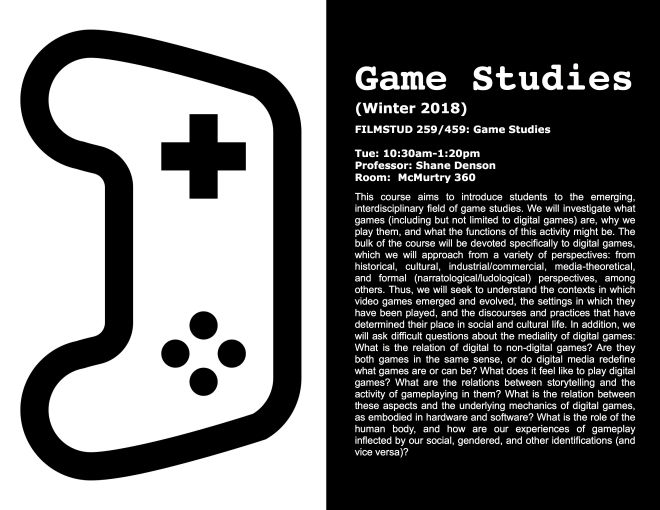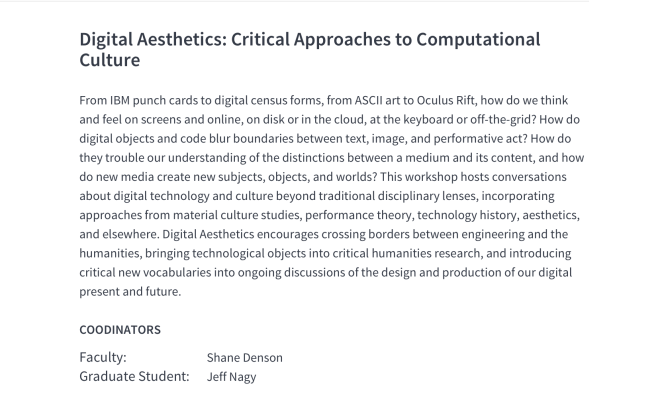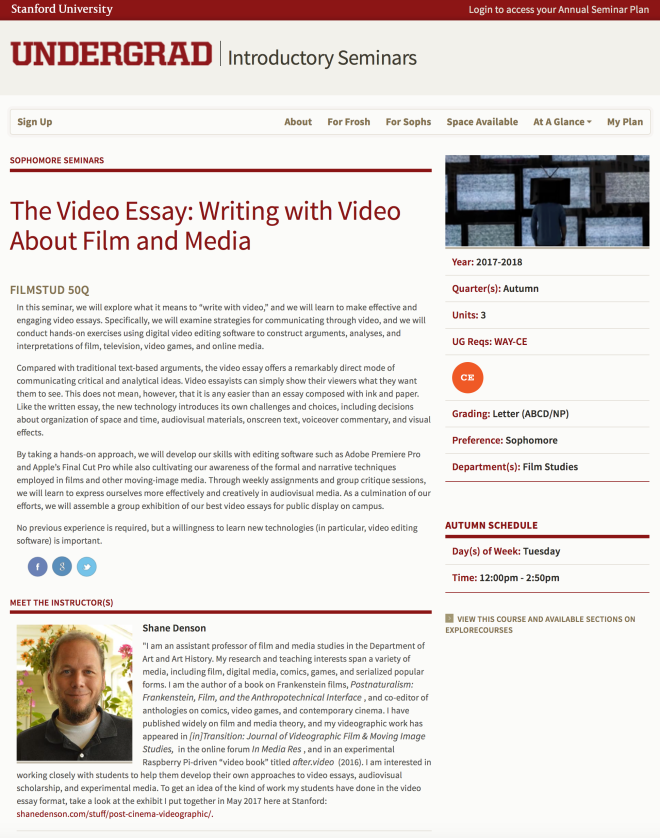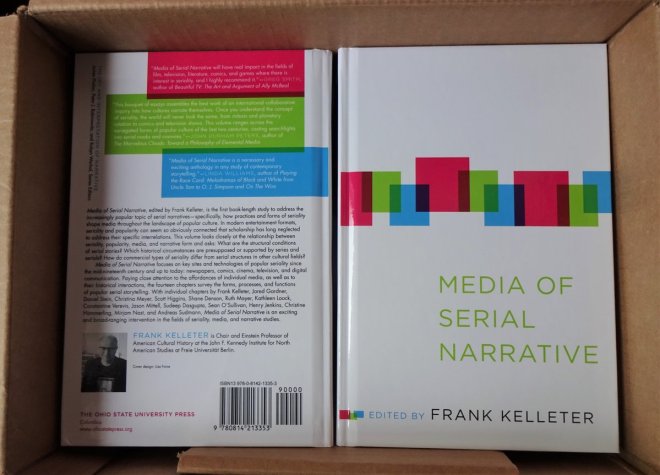
On Tuesday, February 6, 2018, Jacob Gaboury will present new work on a genealogy of the screenshot, drawn from an ongoing project on the history of computer screens and visualization.
Jacob Gaboury is an Assistant Professor of New Media History and Theory in the Department of Film & Media at the University of California, Berkeley. His work engages the history and theory of digital media, with particular focus on digital images and visual culture. His work has appeared in a wide range of popular and academic publications, including most recently the Journal of Visual Culture, Camera Obscura, Debates in the Digital Humanities, Rhizome, continent., and Art Papers.
The event will take place from 4-6pm in the Stanford Humanities Center Board Room as part of the Geballe Research Workshop on Digital Aesthetics: Critical Approaches to Computational Culture. All are welcome!
